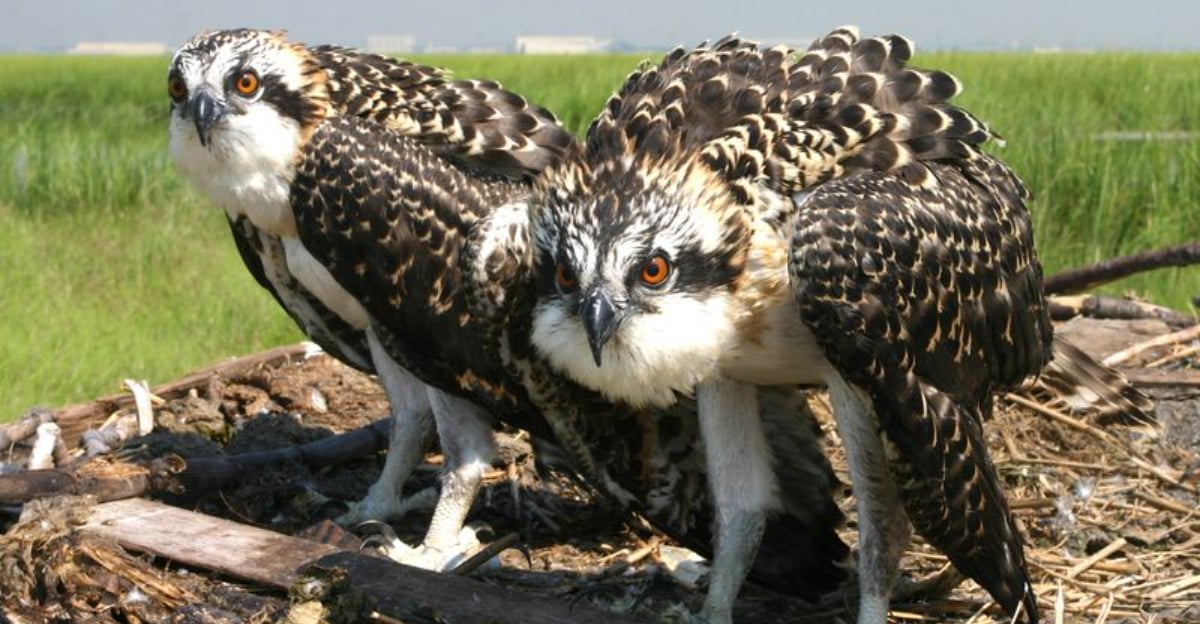When most people picture New York, they imagine towering buildings, bustling streets, and endless concrete.
But hidden between the boroughs and beyond the city lights, a surprising cast of wild residents thrives.
From unexpected creatures in urban parks to animals roaming the forests and shores upstate, the Empire State is full of life that doesn’t wear a business suit.
These remarkable animals prove New York has just as much nature as it does neon.
1. Coyotes: The Urban Adapters
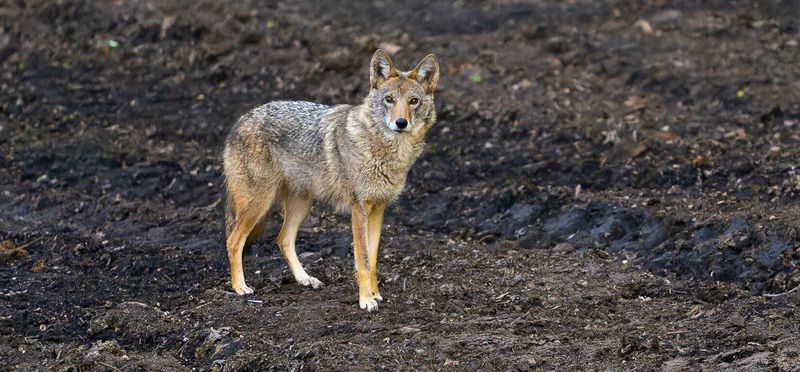
Howling through the night in all five boroughs, these clever canines have become true New Yorkers. They’ve been spotted trotting through Central Park at dawn and dashing across the Bronx at dusk.
Once only found upstate, coyotes now raise pups in Queens and hunt rats in Manhattan. Their population has exploded since the 1990s.
Remarkably adaptive, they’ve learned to use overpasses as safe passages and feast on everything from discarded hot dogs to Canada geese eggs.
2. Wild Turkeys: The Staten Island Strutters
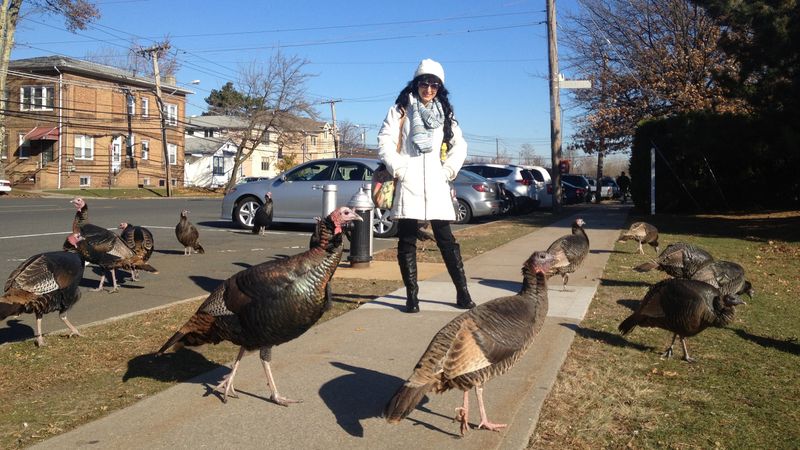
Gobbling gangs of wild turkeys have taken over parts of Staten Island, becoming local celebrities and traffic-stoppers.
Weighing up to 20 pounds, these impressive birds roam neighborhoods with the confidence of locals who’ve lived there for generations.
Their presence dates back to the 1990s when a small group was allegedly released by a local resident. Now numbering in the hundreds, they’ve become a contentious symbol of urban wildlife.
3. Peregrine Falcons: Manhattan’s High-Rise Hunters
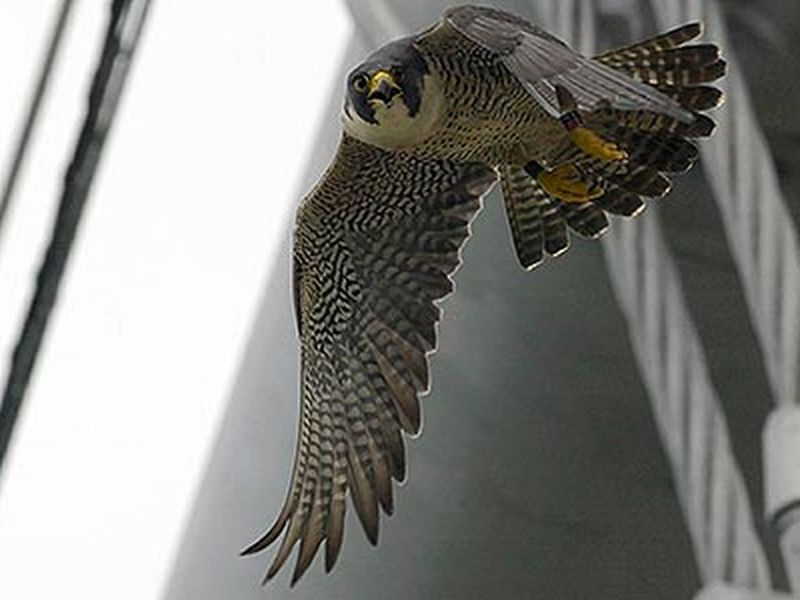
Zooming between skyscrapers at speeds reaching 240 mph, these feathered daredevils are the fastest animals on earth.
Once endangered, peregrines have made an astonishing comeback, with more than 20 nesting pairs calling New York City home.
They’ve traded natural cliffs for high-rises, finding the ledges of buildings like the MetLife Building perfect for raising chicks.
4. Harbor Seals: The Bronx’s Marine Visitors
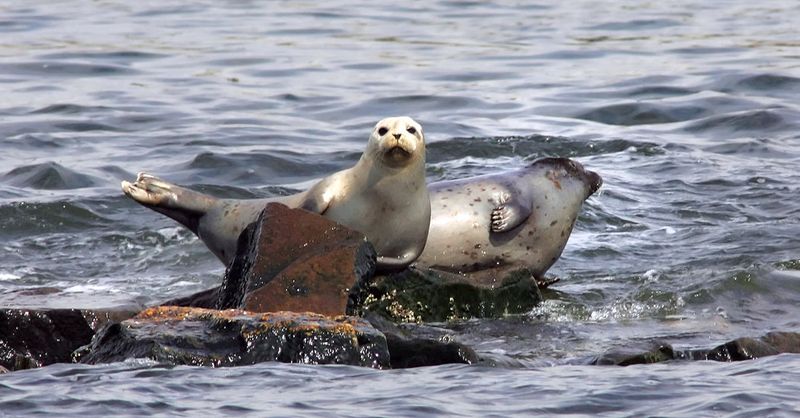
Lounging on rocks off City Island, these blubbery swimmers have turned the Bronx into an unexpected seal-watching destination.
Winter brings dozens of harbor seals to New York’s waterways, surprising kayakers and waterfront diners alike.
Cleaner waters thanks to environmental regulations have allowed these marine mammals to return to their historic feeding grounds. They’re particularly fond of the waters around Pelham Bay Park.
5. Snowy Owls: Winter Visitors at JFK

Majestic arctic predators have made JFK Airport their surprising winter vacation spot. These striking white owls journey thousands of miles south when food becomes scarce in their native tundra.
The flat, treeless expanses of airport runways resemble their natural habitat, creating an ironic sanctuary amid the world’s air traffic. Birders brave freezing temperatures for a glimpse of these rare visitors.
Airport wildlife managers work to safely relocate the owls, as their presence can pose risks to aircraft—a unique New York conservation challenge.
6. Red Foxes: The Suburban Tricksters
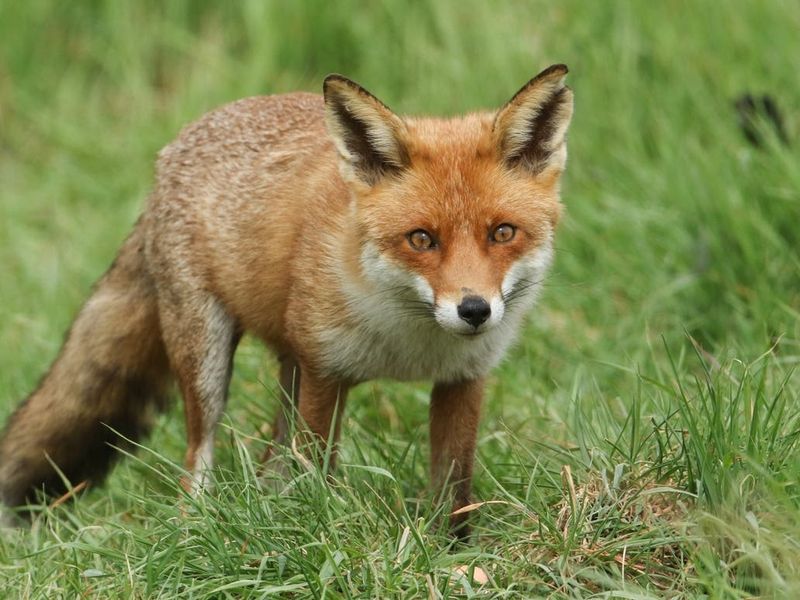
Flame-colored and fleet-footed, these cunning canids thrive in the green pockets of Westchester and Long Island. Their adaptability allows them to raise kits in abandoned lots and hunt at night while humans sleep.
Homeowners often catch these russet-furred neighbors on security cameras, trotting through gardens with their distinctive black-stockinged legs.
Despite their wild nature, they’ve learned to coexist with humans remarkably well. A family of foxes took up residence near the Bronx Zoo in 2019, delighting staff and visitors who spotted the kits playing near walking paths.
7. Horseshoe Crabs: Living Fossils on Brooklyn Beaches
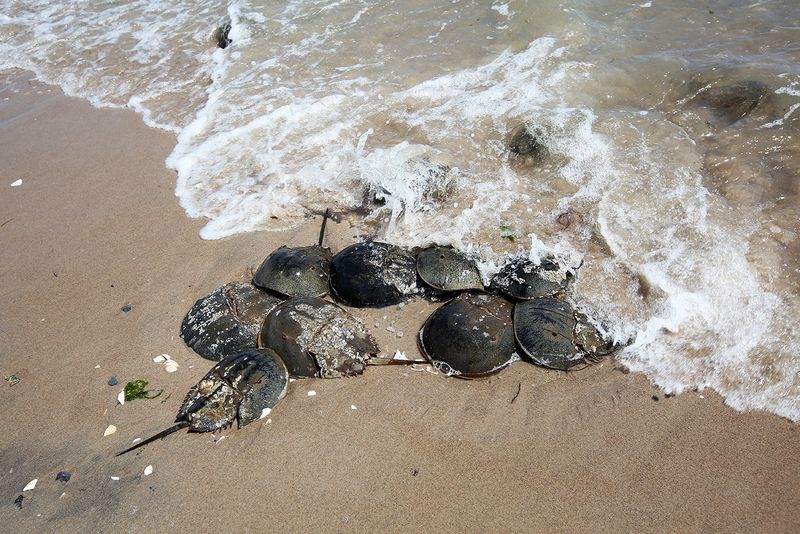
Crawling onto Plumb Beach each May and June, these ancient arthropods perform a spawning ritual unchanged for 450 million years.
Brooklyn beaches transform into primeval mating grounds as thousands of horseshoe crabs emerge from the water during full moon high tides.
Despite their intimidating appearance and spiky tails, these creatures are completely harmless to humans. Their blue blood is invaluable to medical science for detecting bacterial contamination.
8. Diamondback Terrapins: The Jamaica Bay Swimmers
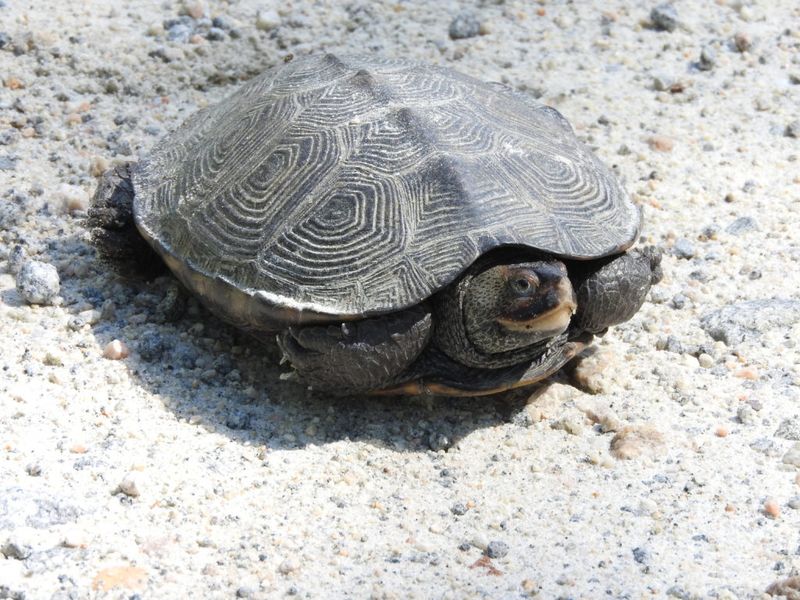
Paddling through the brackish waters of Jamaica Bay, these salt-tolerant turtles are the only ones in North America adapted for life in coastal marshes.
Female terrapins risk crossing busy roads each summer to lay eggs in sandy areas, creating conservation challenges.
Their distinctively patterned shells and speckled skin make them among New York’s most beautiful reptiles. Once hunted to near extinction for turtle soup, they’ve made a gradual comeback.
9. Bald Eagles: America’s Symbol Returns to NYC
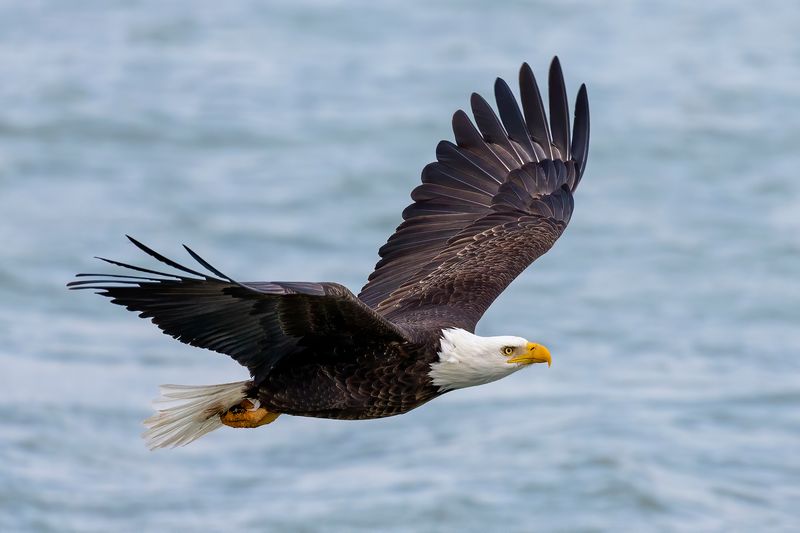
Soaring over Staten Island’s Fresh K**ls—once the world’s largest landfill and now a developing park—our national bird has made a triumphant comeback.
After disappearing from the city for nearly a century, several nesting pairs now call the five boroughs home.
These massive raptors, with wingspans reaching seven feet, can be spotted fishing along the Hudson River during winter months. Their return symbolizes the success of environmental cleanup efforts across the region.
10. Flying Squirrels: Nighttime Gliders in City Parks
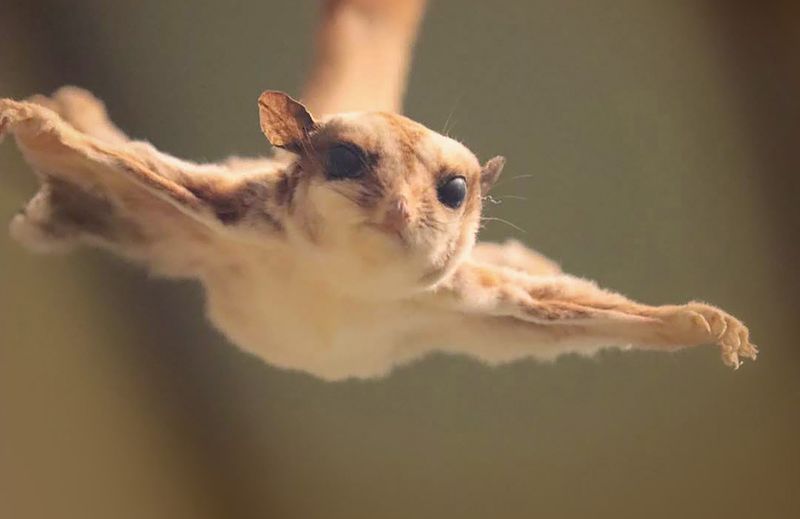
Silently gliding between trees after dark, these nocturnal acrobats remain one of New York’s best-kept wildlife secrets.
Smaller than their daytime gray squirrel cousins, flying squirrels stretch membranes between their limbs to soar up to 150 feet in a single glide.
They inhabit older forests in Central Park, Prospect Park, and throughout the greener boroughs. Their huge eyes and soft fur make them adorably photogenic—if you’re lucky enough to spot one.
11. Ospreys: The Fish-Hawk Comeback Kids
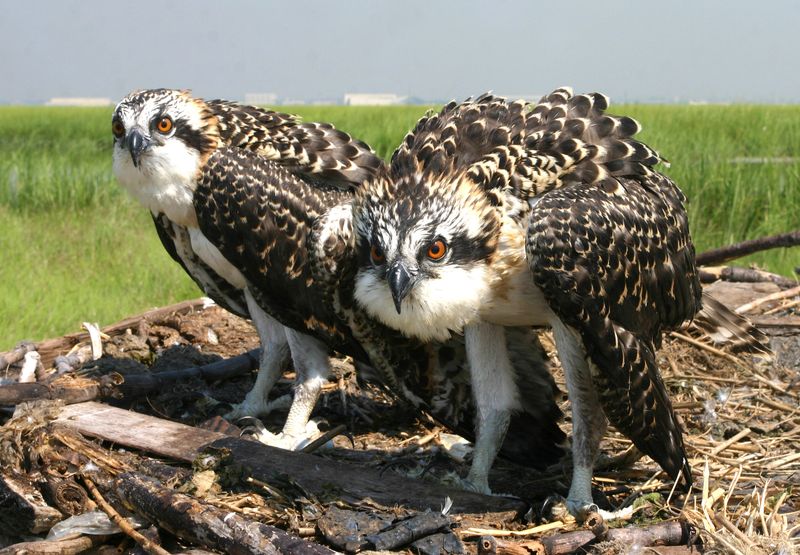
Plunging feet-first into Jamaica Bay, these spectacular fish-catching raptors have staged a remarkable recovery around New York City.
Their massive stick nests now crown channel markers, abandoned dock pilings, and specially built platforms throughout the city’s waterways.
Nearly wiped out by DDT in the mid-20th century, ospreys have benefited from cleaner water and dedicated conservation efforts.
Their distinctive white heads and dark eye-stripes make them easy to identify as they hover before diving.
12. Eastern Box Turtles: Forest Floor Wanderers
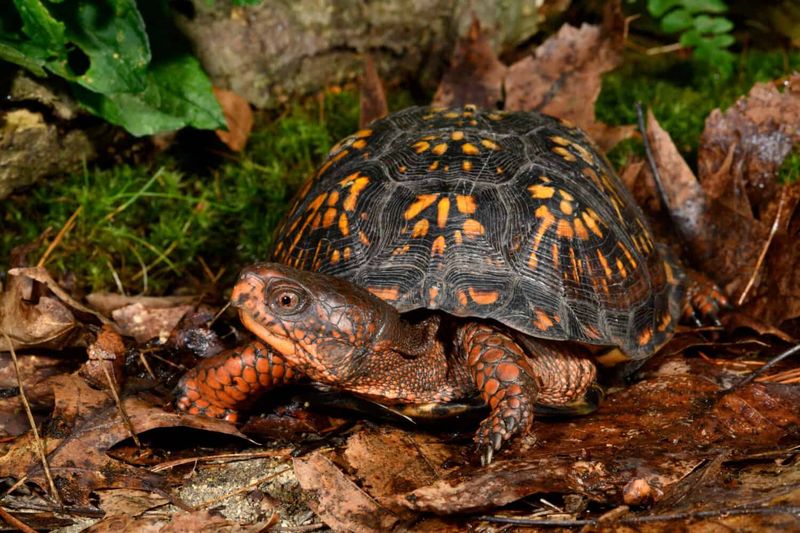
Ambling through the leaf litter of Forest Park in Queens, these colorful, dome-shelled reptiles can live for over a century.
Each turtle’s shell bears unique yellow or orange patterns, like living art wandering through New York’s remaining forests.
They get their name from the hinged plastron (bottom shell) that allows them to completely close up when threatened—nature’s perfect defense system.
13. River Otters: The Bronx River’s Playful Returnees
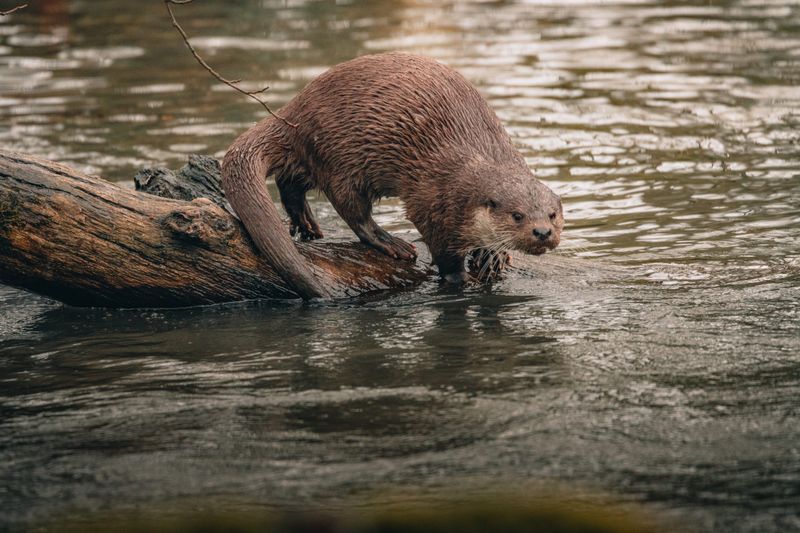
Splashing back into New York’s waterways, these aquatic acrobats signal a major environmental victory for the city.
Driven away by pollution and habitat loss a century ago, river otters have recently been spotted in the Bronx River, Staten Island, and even Jamaica Bay.
Trail cameras have captured these sleek swimmers sliding down muddy banks and hunting fish in waterways once too polluted to support life.
14. Little Brown Bats: The Twilight Insect Patrol
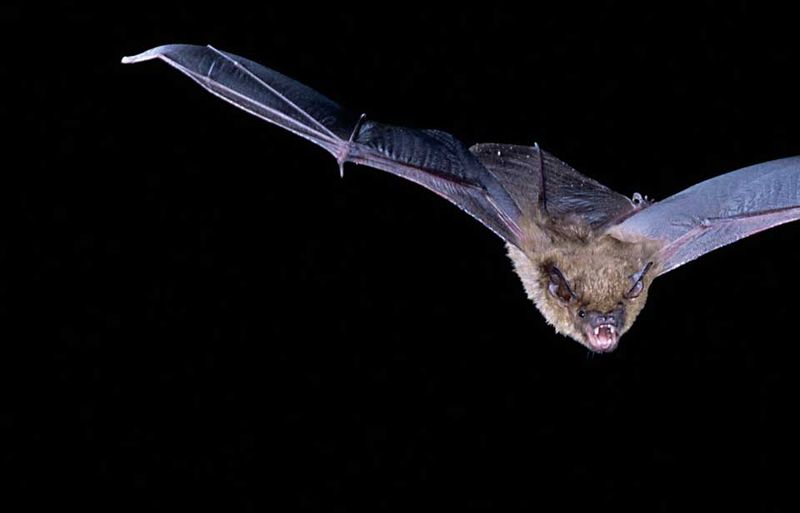
Fluttering through Central Park at dusk, these diminutive mammals consume thousands of mosquitoes nightly, providing free pest control services to grateful New Yorkers.
A single little brown bat can devour up to 1,000 insects in just one hour! These nocturnal aviators roost in tree hollows, under bridges, and occasionally in attics throughout the city.
Their populations have been devastated by white-nose syndrome, making every colony precious. Bat detection walks with ultrasonic equipment have become popular summer activities in city parks, allowing visitors to “hear” the otherwise silent hunters.
15. Skunks: The Striped Night Wanderers
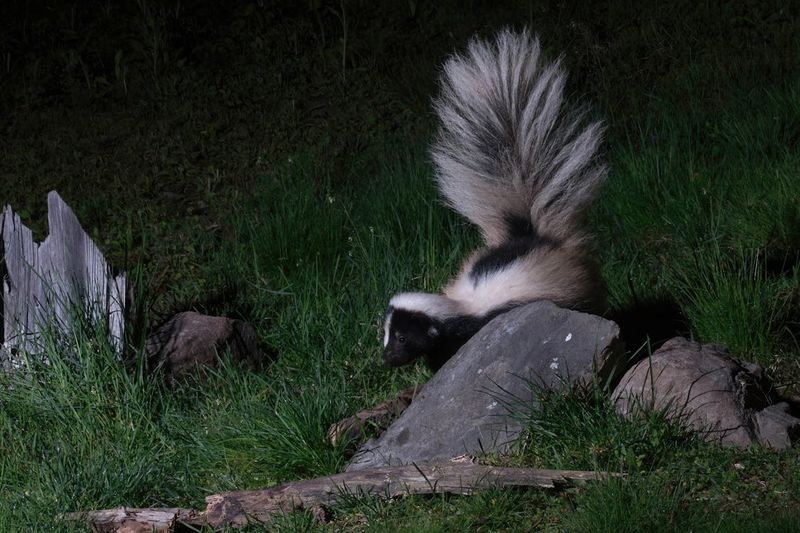
Waddling through Brooklyn’s Prospect Park after dark, these boldly patterned mammals have adapted surprisingly well to city life.
Despite their notorious defense mechanism, skunks are actually shy, beneficial neighbors who control rodent and insect populations.
Urban skunks have become increasingly common in recent decades, expanding from the outer boroughs into Manhattan.
16. Whitetail Deer: Staten Island’s Four-Legged Explosion
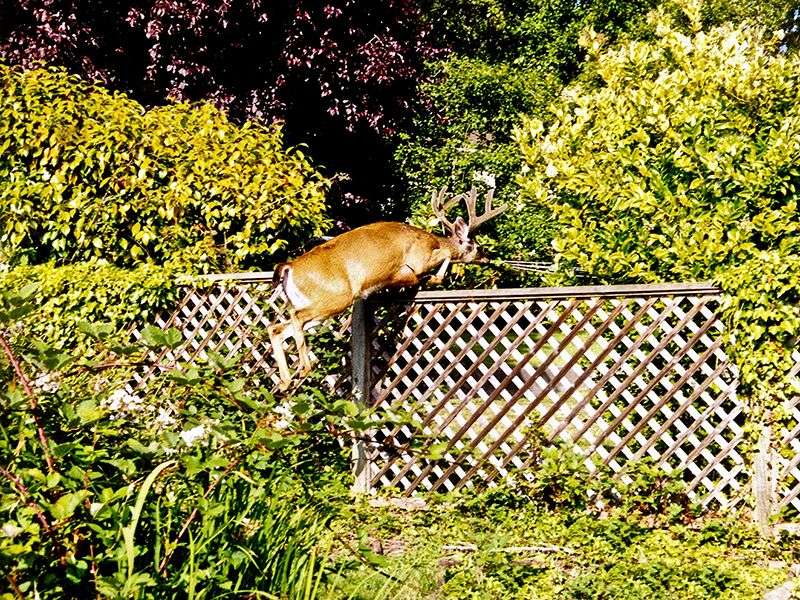
Bounding through Staten Island’s green spaces in unprecedented numbers, these graceful mammals have created both delight and dilemmas for New Yorkers.
From just a handful in 2008 to thousands today, their population explosion is a testament to their adaptability.
Lacking natural predators and protected from hunters within city limits, deer have flourished, browsing through gardens and parks. Their presence has sparked debates about ecological balance and management approaches.
17. Mute Swans: The Elegant Invaders
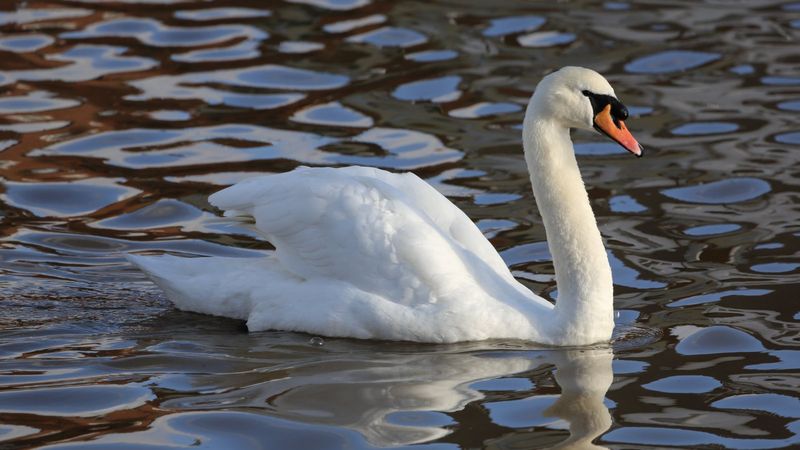
Gliding majestically across Prospect Park Lake, these stunning birds with orange bills and curved necks are actually non-native transplants with a complicated story.
Introduced from Europe in the 1800s for their beauty, they’ve established wild populations that outcompete native waterfowl.
Despite their elegance, wildlife officials consider them invasive and have proposed controversial control measures. Their aggressive defense of nesting territories has led to conflicts with park-goers.
18. Monk Parakeets: Brooklyn’s Tropical Transplants

Squawking brilliantly green against Brooklyn’s brick backdrop, these tropical escapees have improbably established thriving colonies in the northern reaches of the borough.
Originally from Argentina, legend holds they escaped from a broken crate at JFK Airport in the 1960s.
Their massive communal nests—sometimes weighing hundreds of pounds—have become landmarks atop utility poles in neighborhoods like Brooklyn College and Green-Wood Cemetery. Unlike most parrots, they’ve adapted to New York’s cold winters.
19. American Woodcock: The Central Park Dancing Bird

Performing bizarre bobbing mating dances in Central Park each spring, these plump, long-billed birds have developed a cult following among city birders.
Their comical “peent” calls and spiraling flights at dusk draw crowds of binocular-wielding New Yorkers during migration season.
Nicknamed “timberdoodles” and “bog suckers,” woodcocks use their long bills to probe for earthworms in soft soil. Central Park’s Maintenance Field becomes woodcock central during March and April.
20. Spotted Salamanders: The Secret Pond Dwellers
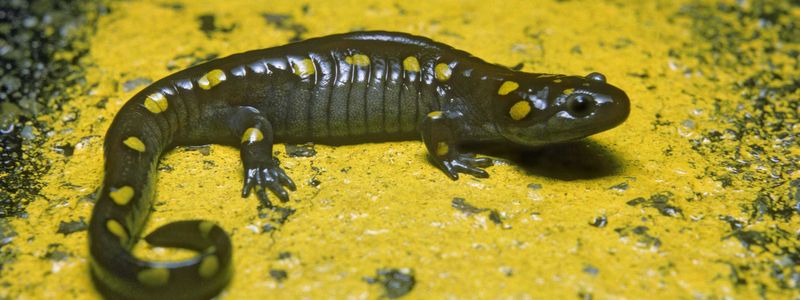
Emerging on rainy spring nights for their annual breeding migration, these yellow-spotted amphibians create magical moments in the city’s remaining wetlands.
Growing up to nine inches long, these secretive creatures spend most of the year underground in forested areas of Staten Island and the Bronx.
Their synchronized breeding events, triggered by warm spring rains, bring hundreds of salamanders to vernal pools for just a few nights each year. The rest of the time, they remain hidden under logs and leaf litter.
